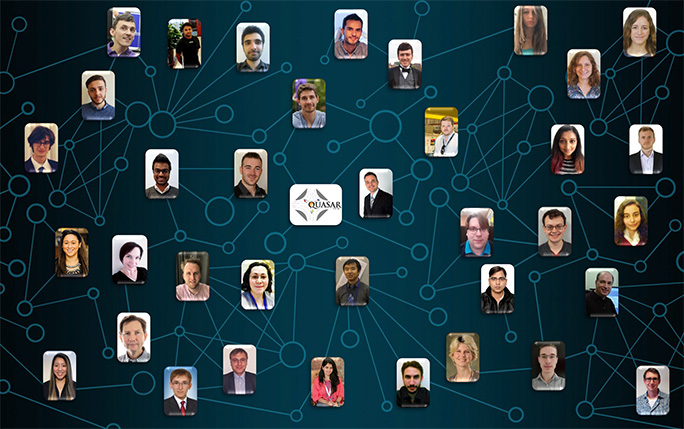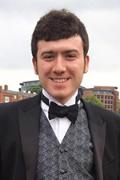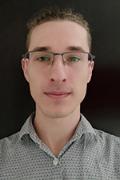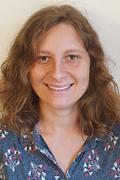The QUASAR Group continues to grow

As latest newcomers, we would like to extend a hearty welcome to Sara Morales Vigo, Alexander Kippax, Ondrej Sedlacek and Luana Parsons Franca who joined the QUASAR Group as PhD students.

Sara obtained her Degree in Physics from the University of Sevilla in July 2020. Previously, she had also attended the University of Bordeaux for one year as part of the Erasmus program, undertaking courses from both the Bachelor’s and Master’s degree in Physics.
In March 2019 she started working as technical student at CERN within the Beam Instrumentation group, in the Beam Loss section. She was in charge of the analysis of the signals from the LHC Beam Loss Monitors stored in Run 2 (2015-2018), with the purpose of assessing the aging of the monitors due to radiation. Her project also included determining the areas with higher dose rates and the dose dependence on machine parameters such as luminosity or beam intensity. She wrote her degree thesis on this topic, obtaining the maximum grade from the committee and graduating with honours.
Sara joined the QUASAR Group in September 2020 as a PhD student within a program shared between the University of Liverpool / Cockcroft Institute and CERN, where she will be based. During her studies she will develop a global calibration and loss pattern recognition algorithms for the LHC Beam Loss Monitors, which will be applied in the next LHC run.

Alex received his BSc (Hons) in Natural Sciences, followed by an MRes in Applied Science from the University of Chester. Both his undergraduate dissertation and his masters projects were undertaken at Daresbury Laboratory with the QUASAR Group and investigated transverse beam profile measurements using Digital Micro-mirror Device (DMD) based optical interferometry.
He joined the QUASAR Group in September 2020, investigating “Systematic Studies for AWAKE Run 2” where he will be furthering his studies of accelerator diagnostics with relation to CERN’s AWAKE project.

Ondrej studied Applications of Natural Sciences at Czech Technical University in Prague. He graduated in September 2017 with a Bachelor's Degree, and continued his studies until September 2020 when he graduated with a Master's Degree.
During his Master studies, he was a trainee in the Intensity and Tune section in CERN creating and implementing a correcting deconvolution algorithm for per bunch intensity measurements. Later he joined the Beam Loss section in CERN for the development of a calibration method and calibration of diamond beam loss monitors at the LHC.
Subsequently, he spend a year as technical student within the Experimental Area section at CERN simulating an electron beam transport within an electron cooler and an electron hollow lence using Warp framework.
Ondrej joined the QUASAR Group in October 2020 and will be working on Beam Induced Fluorescence monitor for high-intensity beams. His research is split between the University of Liverpool and CERN.

Luana studied Physics at the University of Liverpool, graduating from the integrated masters program in 2017.
For her masters thesis she worked on developing tracking algorithms for the ARIADNE detector, as part of R&D into large scale liquid argon neutrino detectors.
In 2018 she started a role as volunteer coordinator in a not for profit organisation in Australia. She was subsequently sponsored to continue in this role.
Returning to the University Liverpool in 2020, Luana joined the QUASAR Group as a PhD student. She is conducting research into optimisation of Secondary Emission Monitors, using machine learning. Her research is split between the University of Liverpool, the Cockcroft institute and CERN.
Ondrej and Luana joined the group as students within the Liverpool Big Data Science CDT (LIV.DAT). The CDT offers a comprehensive training in data intensive science through cutting edge research projects and a targeted academic training programme, complemented by secondments to national and international partners.
Welcome!